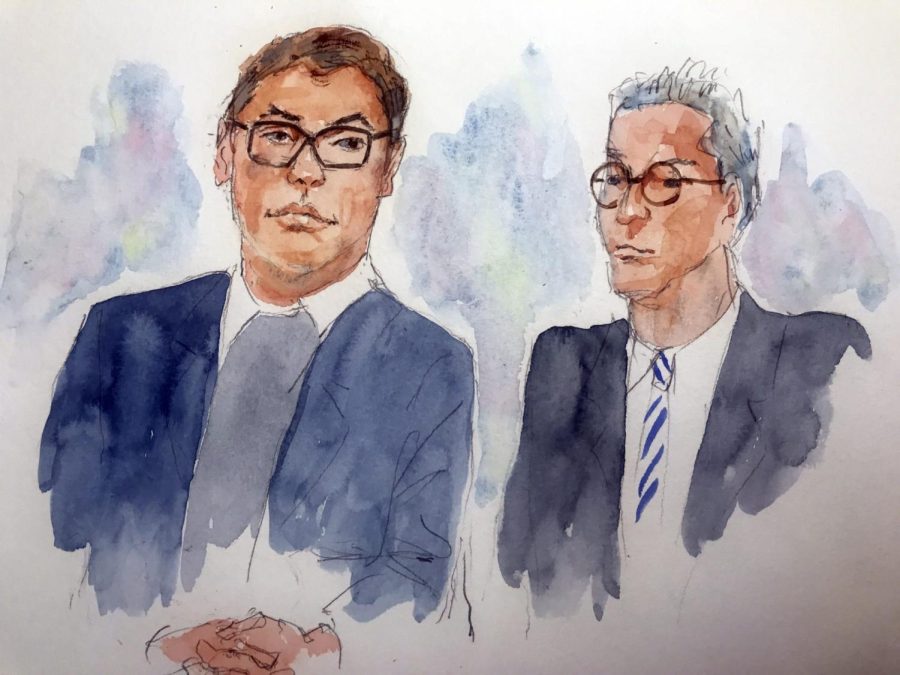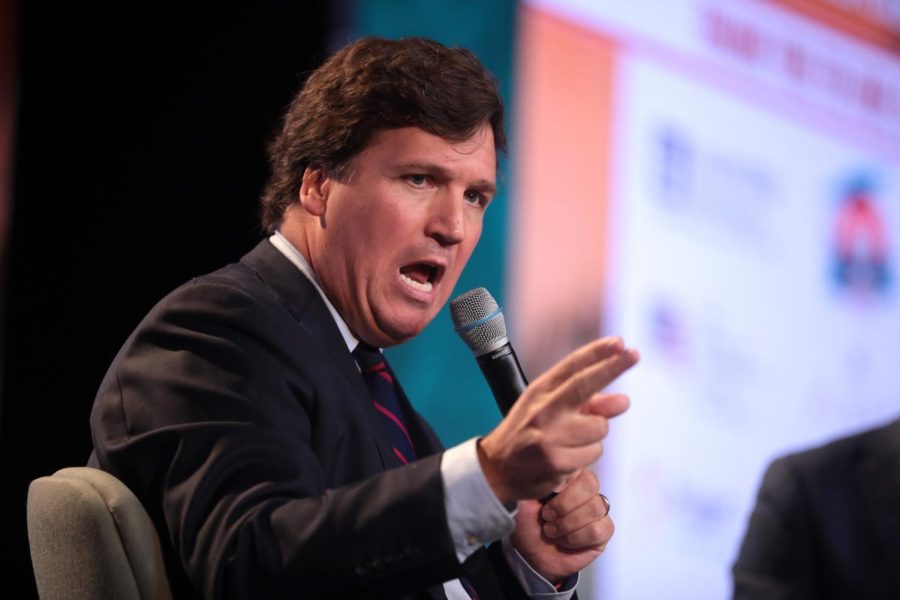Congress passed legislation over the summer that will keep student loan interest rates low in the short term.
Passing with large bipartisan majorities, the legislation will tie student loan interest rates to financial markets instead of having Congress set the rate every year. The rate for a Federal Direct Stafford loan is set at 3.86 percent, while a Parent PLUS loan is at 6.41 percent. Both rates are fixed and will not change over the life of the loan.
If Congress had not acted, interest rates would have gone up to 6.8 percent for undergraduates and 7.9 percent for parents.
“The legislation certainly isn’t perfect, but I think it sends a strong message that there still are opportunities for Congress to work together to solve the issues of our time,” DePaul Democrats President Michael Rance said.
Students were also happy to see that their interest rates will not go up significantly this year. “I have taken out over $20,000 in student loans,” said Mariah Westfall, freshman.
“Lower interest rates will allow me to pay off the loans quicker as the overall loan will amount to be less money with a lower interest rate.” However, since rates are set by the financial markets, rates will most likely go up in the future. “It means that over time, students would be paying a little bit more out of pocket to finance the expenditure,” Bob Kallen, an economics professor, said.
How much more remains a question. There is a cap in place for interest rates: 8.25 percent for undergraduate loans, 9.5 percent for graduate loans and 10.5 percent for parent loans, but many are concerned that rates will eventually reach those caps and become too expensive for students and parents to afford.
ξ
“There should clearly be a concern that student loan rates could eventually increase, and they most likely will,” Rance said. “And in the case that student loan interest rates eventually become too high, the federal government may have to step in and help out students.”
This is where the two parties disagree as Republicans would like to keep rates tied to the markets; whereas, Democrats may want more government intervention down the line.
“I believe that the government should charge students interest at the same rate that the Federal Reserve charges interest to banks,” Westfall said. “This would level the playing field and give the students of America the same rights as the banks of America.”
This idea has been championed by Sen. Elizabeth Warren (D-Mass.), who introduced a bill that would charge students the three-quarters of a percent that the Federal Reserve charges to banks.
While the bill never got voted on, the idea of it and the compromise eventually produced have brought forward the disagreements that many have with student aid.. But, they also have shown wide-spread agreement that investment in students is needed as well.
“Investing in human capital is the best investment we can hope to make for the future,” Kallen said.







